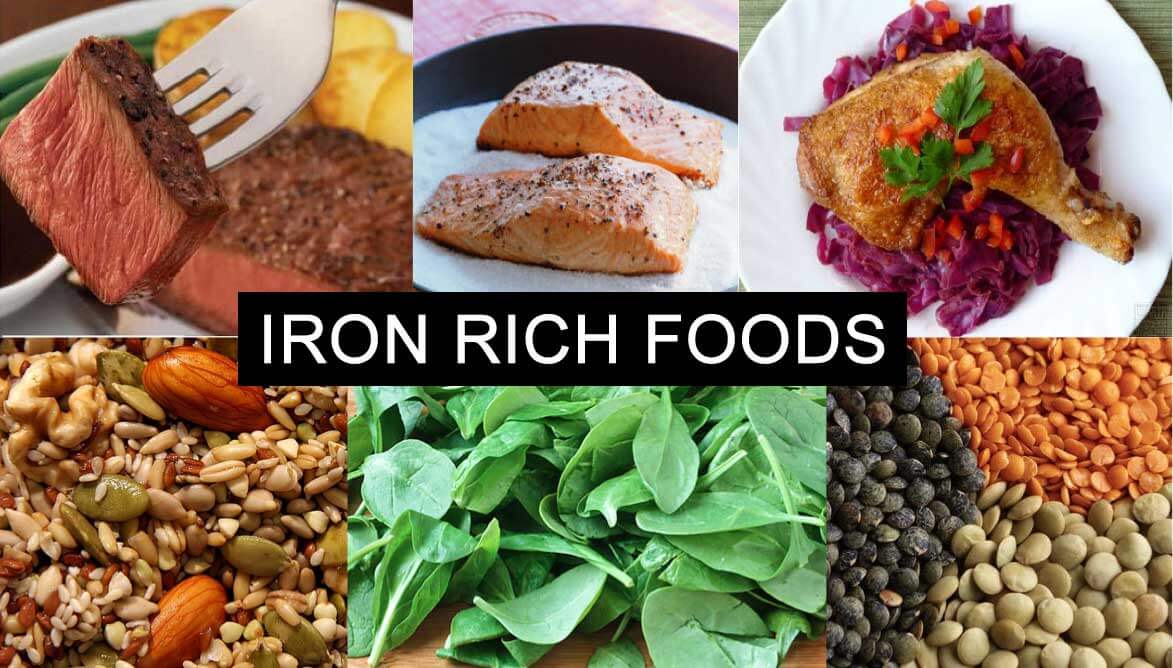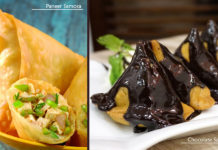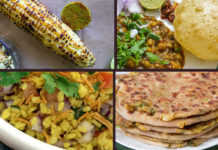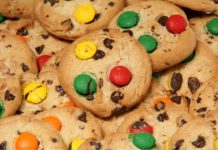Why iron is important in our body?
A lack of iron is the most common dietary deficiency in the world. At its most mild it can leave us feeling washed out and weary. A more serious deficiency can lead to anemia, which can make us breathless, cold, irritable and with a decreased attention span.
Iron is needed by the body’s red blood cells to make hemoglobin, which transports oxygen around the body and carries carbon dioxide back to the lungs to be breathed out. It is also needed in muscles, where a protein containing iron provides oxygen for the muscles to work.
Most of the body’s iron is in the form of hemoglobin, but smaller amounts are stored in the bone marrow and some organs, in the form of Ferritin.
Just as dietary calcium needs are different for men and women, so are iron needs, and women are more prone to iron deficiency than men. This is largely because women lose blood during menstruation, losing iron in the process.
Losses can be even greater during pregnancy and lactation, when the developing baby will take what it needs, at the expense of the mother .
As an example of how radically the iron needs of people can vary, an adult male needs about 7mg a day. A menstruating woman needs double that, and a pregnant woman needs up to 36mg a day.
Also at risk of iron deficiency are people who are dieting in an attempt to lose weight, vegetarians, people who frequently take aspirin or antacids containing sodium bicarbonate, people who drink a lot of tea (the tannin can halve iron absorption) and people eating excessive amounts of bran or taking excessive calcium supplements.
The body’s ability to absorb iron is actually increased if foods containing Vitamin C are eaten at the same meal (a glass or orange juice, some tomato, capsicum or cabbage will do).
Dietary iron comes in two forms:
haem iron, which is found in meat and seafood, and non-haem iron, which is found in cereals, eggs, fruit and vegetables.
Haem iron is absorbed much more readily. Red meat contains the most concentrated and accessible amounts of iron. Some vegetables contain large amounts, but much of this non-haem iron cannot be easily absorbed by the body.
To help your body use this iron, eat a food containing haem iron in the same meal. Lean beef, kidneys and liver are about the best sources of haem iron, followed by foods such as oysters, lean lamb and pork and herrings.
Some processed meats, in particular liverwurst, are high in iron. Other iron-rich foods include baked beans and other pulses, breakfast cereals (especially those boosted with extra iron) and green, leafy vegetables.
For a diet high in iron it recommends you eat seven serves a day of bread or cereals, two serves of fruit, five of vegetables, one of lean meat, beans or fish and two or three of dairy products.
Here is the recipe for homemade low-fat liver pate, so rich in iron it just might rust:
- 500g chicken livers
- 2 rashers of chopped bacon, fat removed
- 1 large onion, chopped
- Worcestershire sauce
- Freshly ground black pepper
- Dried thyme
- Fresh parsley, chopped (optional)
- Brandy (optional)
Method:
Dry fry the bacon and onion in a non-stick pan, stirring occasionally. Add chicken livers and stir-fry until brown (about five minutes). Add herbs and pepper. Blend half mixture in a blender with enough Worcestershire sauce and brandy to allow blending. Repeat with second half of mixture. Pour into airtight container and refrigerate immediately. Serve chilled on dry crackers or instead of butter in sandwiches.













